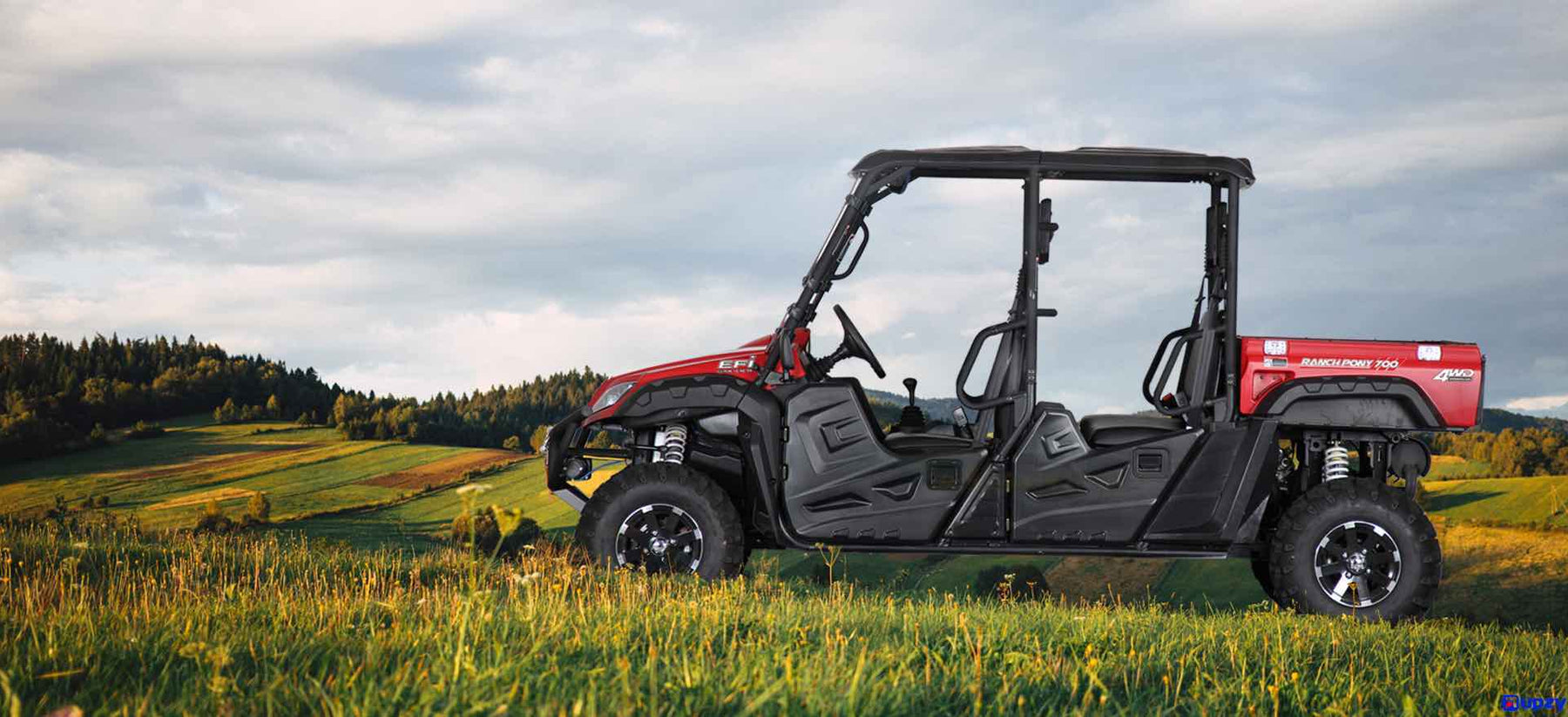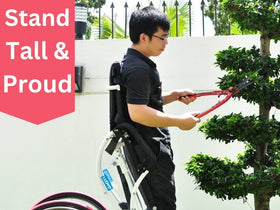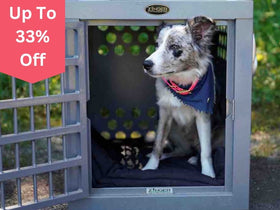
ATVs vs UTVs- What Are The Differences?
A UTV (Utility Terrain Vehicle) and an ATV (All-Terrain Vehicle) are both types of off-road vehicles, but they have some key differences in design, functionality, and purpose.

Here's an overview of the main differences between the two:
DESIGN
- ATV: An ATV is typically a single-rider or sometimes a two-rider vehicle designed to be straddled by the operator, similar to a motorcycle. It has handlebars for steering and a seat for the rider(s). ATVs are usually lightweight and compact.
- UTV: A UTV, on the other hand, is designed to accommodate multiple passengers, usually two or more. It has a side-by-side seating configuration with a steering wheel for control, much like a car or a small truck. UTVs are larger and heavier compared to ATVs.
PURPOSE
- ATV: ATVs are primarily designed for recreational purposes such as off-road racing, trail riding, or exploring rugged terrains. They are known for their maneuverability and ability to tackle challenging terrains, thanks to their compact size and agility.
- UTV: UTVs, also referred to as side-by-sides, are more focused on utility and work applications. They are designed to carry passengers, cargo, or equipment, making them useful for tasks like farming, ranching, construction work, and other utility-based operations. UTVs often come with features like a cargo bed or towing capabilities.
STABILITY & SAFETY
- ATV: ATVs have a higher center of gravity due to their single-rider design, which makes them more prone to tipping over, especially during aggressive maneuvers. They require the rider to actively balance the vehicle while navigating rough terrain.
- UTV: UTVs offer increased stability compared to ATVs, thanks to their wider stance and lower center of gravity. The side-by-side seating arrangement and the presence of a roll cage provide added safety for the occupants.
ACCESSIBILITY
- ATV: ATVs are typically smaller and more maneuverable, allowing them to access narrower trails and tighter spaces. They are popular in recreational areas with designated ATV trails.
- UTV: UTVs are larger vehicles and may have limitations in terms of accessing narrower trails and tight spaces. However, their larger size and cargo-carrying capabilities make them suitable for tasks requiring more substantial equipment or passenger transportation.

It's important to note that regulations and definitions may vary by region, so specific legal requirements and classifications can differ depending on where you are located.
Interested in our ATVs? Check them out here.
Interested in our UTVs? Check them out here.




